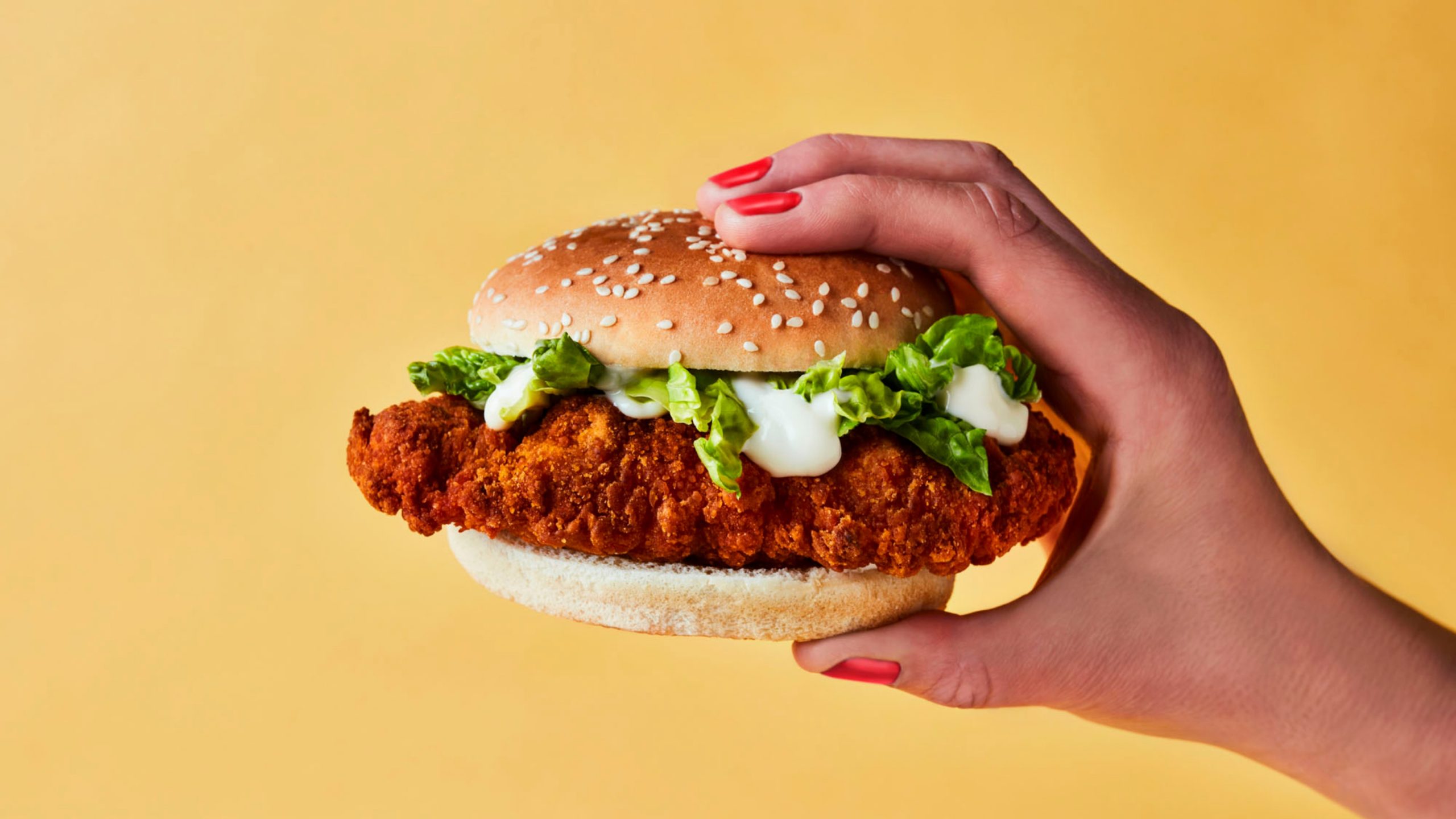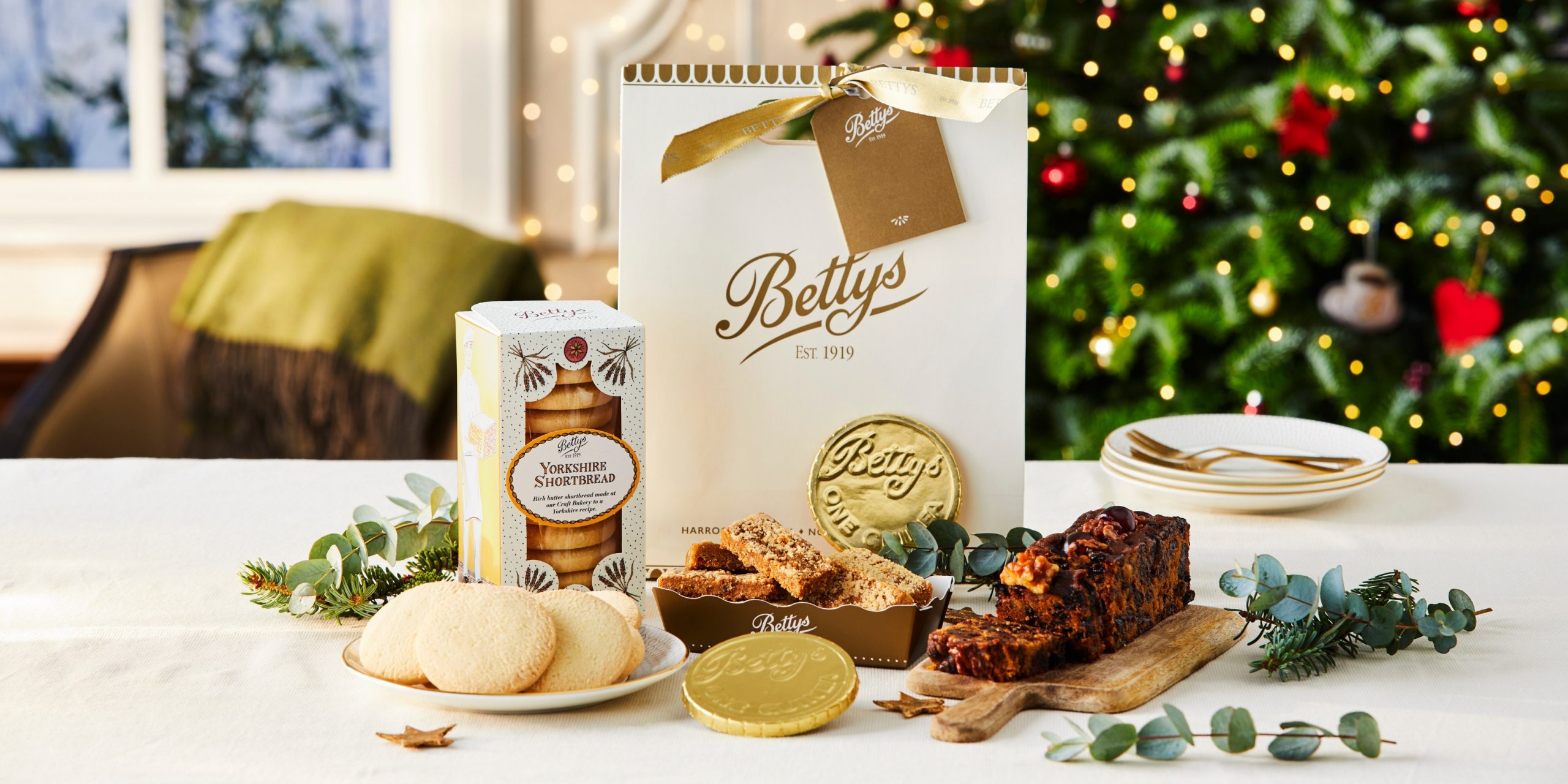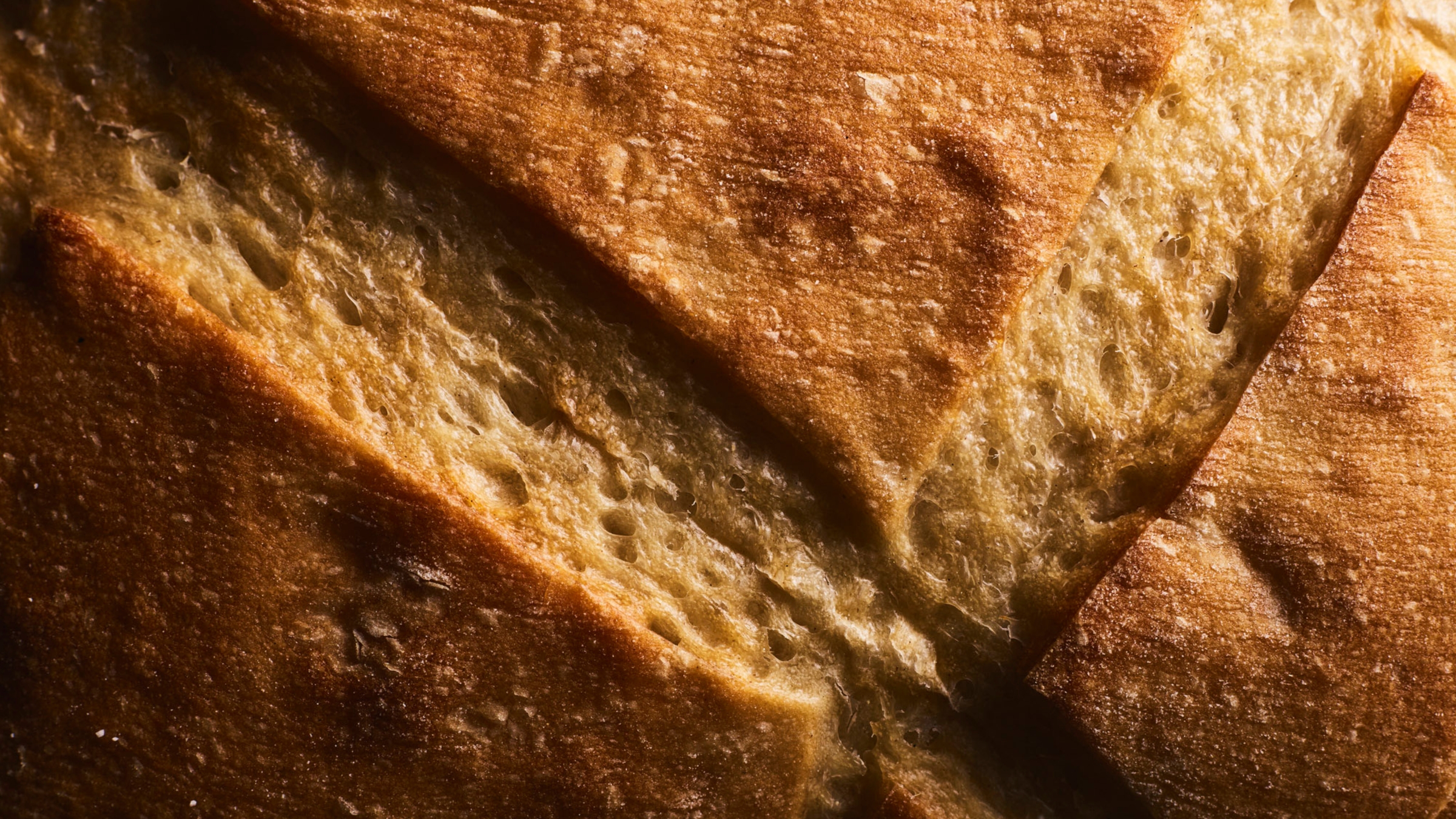How to make the most of your salad leaves
Brits bin a staggering 40% of all the bagged salad they buy each year, making them one of the top 5 wasted foods in the UK.
In this series, Eden is taking a closer look at some of the UK’s most wasted foods and sharing our top tips for savouring, rather than scrapping, what’s left.
About this post
Published
Author
October 18, 2022
Maite Gonzalez
Tackling food waste has been named one of the single biggest things we can do as a society to fight climate change and social injustice simultaneously. With salad leaves being one of the most commonly wasted foods in the world, and still highly productive in the month of September, I thought it was worth a mention.
It’s happened to us all – we reach into the fridge for mixed leaves or rocket and it’s majorly wilted. Truth is… you don’t need to throw them out!
There are a number of ways to revive wilted salad leaves, make them last longer in your fridge, and transform them into new and exciting dishes.
How to store your salad leaves:
Many of us are simply storing salad leaves inefficiently. My main trick for this would be to store them in an airtight container with a j-cloth or piece of kitchen towel on top, this will absorb excess moisture. My second tip would be to store them in water in your fridge, changing this every few days.
Personally, unless it’s rocket or spinach, I tend to buy heads of lettuce over bagged salads because it lasts so much longer. Also, salad leaves often mean plastic packaging and in 2022 we’re all trying to find ways to be more sustainable.
Here are my tips to avoid the plastic:
-
Grow your own. Lettuces and leaves are very low maintenance and can be grown in trays on windowsills, if you don’t have a garden – so there really is no excuse! They can also be grown in plastic punnets that other veggies may be purchased in. Reduce, reuse, recycle.
-
If you can, shop at your local market and buy lose leaf or whole heads of lettuce. Bring your own container too to save on single use packaging. I often have clean containers in my bag for this reason.
-
Get foraging! Wild lettuce and other edible wonders are all around us in the summer and early autumn months, but make sure you know what you’re looking for before you head out.
How to use salad leaves (if you don’t fancy a salad):
Pesto is your friend. For many reasons. Rocket, spinach, pea shoots, watercress and lettuce can all be made into a great pesto; extending the shelf life of your leaves and transforming them into something delicious. Some great combinations are:
-
Rocket and pistachio
-
Pea shoot and sunflower seed
-
Watercress and pecan
-
Spinach and almond
-
Baby leaves and pumpkin seeds
As a rule of thumb, I tend to do equal quantities of leaf to nut/seed, and swap in nutritional yeast for parm when I’m making it plant-based (it also works well without either). The word ‘pesto’ means ‘to crush’ or ‘to pound’ and isn’t limited to the Red or Green Pesto we see jarred in shops – so have fun with it and be experimental! There’s no such thing as a bad pesto. Store in a clean, air-tight jar in the fridge with a good layer of olive oil on top to keep it fresh for longer.
Salad leaves also work beautifully stirred through pasta or risotto dishes, added right at the end into stir-fries and blended into soups. If you know your leaves don’t have much life left in them, garnishing your pasta Pomodoro or mixing them into a noddle dish is never a bad shout.
But really the best way to keep your food fresh and by doing so, reduce overall food waste is to shop seasonally when you can.
If you’re buying a head of lettuce in February or mixed leaves in November, chances are it came from overseas, and naturally its life in your fridge will be shorter. Switch up your salad choices during the colder months and opt for shredded kale or brussels, grated raw root vegetables or roasted vegetable salads. This will also bring more diversity into your diet and huge benefits to your health!





